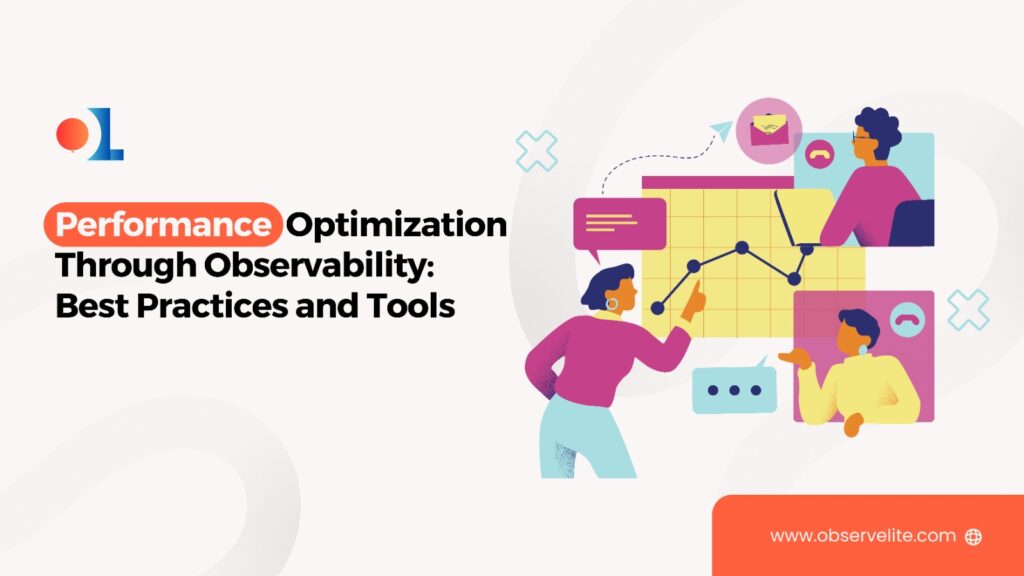Importance for Business Success
◈Enhanced User Experience:No one likes delays when the icons on the page or the application take time to open. Durability of interactions and quick page loading rates help maintain the user’s interest, satisfaction, and desire to come back to the website.
◈Improved Conversion Rates: Time is a very sensitive factor in the e-business environment. A better-converting website means that the user can complete the process much quicker without being turned off by slow loading speeds and unresponsiveness.
◈Increased Scalability:With increased business, traffic volume is equally expected to increase in your activities. By performance optimization, one is in a position to make sure that his or her applications can easily meet the needs of more users without any places of weakness.
Key Metrics to Monitor
Efficient monitoring means that performance improvement process focuses on right indicators. Explore key metrics for maintaining optimal server performance.
These key metrics act as a compass, guiding your efforts:
◈Resource Utilization: Monitoring CPU, memory, and network usage can detect tendencies toward bottlenecks. Are your servers overloaded? Knowing these areas allows you to work on them specifically to meet the organization’s goals.
◈Error Rates: Yes, it is agreeable that mistakes are bound to occur. Nevertheless, it must be noted that tracking the frequencies and the errors made can indicate problems requiring resolution. Dealing with them beforehand ease out the execution of the system and also makes it more friendly for the end users.
◈User Engagement Metrics:It is important to quantify the technical aspects and investigate the users’ actions. Bounce rate, the time spent on the site and click through rate should be upon understanding the nature and behaviour of the users within the application.
Techniques and Best Practices
Caching Mechanisms: Caching is the retrieval of frequently requested data and storage of it in an easily retrievable area to lessen the demand on your server upon the next request.
Optimize Image and Asset Delivery: Any image or other type of media used on the specific page also slows down the loading time. Unload procedures such as image miniaturization and the interlinking of other assets for loading can help result in an observable faster page loading rate.
Load Balancing: Dispersing traffic over physical servers reduces the possibility of a server getting overloaded with traffic, regardless of the intensity of traffic at any one time on the website.
Tools for Performance Optimization
Application Performance Monitoring (APM) Tools: These tools, sometimes called ‘application performance monitoring software,’ have summaries and real-time dashboards that give details of your application. The logs can assist in performance issues such as recognizing where performance is weak, controlling resource usage, and even erring out.
Synthetic Monitoring Tools: These tools mimic users’ actions and detect possible inefficiencies before they affect clients. They help you check different situations and positions of the user and application to achieve the best outcome.
Conclusion
Optimization is an indefinite process, but with efficient tools and proper measures, you can be sure that your applications provide the best quality services to users.
As for the additional resources, think about using Observelite, which is an advanced tool that is developed to provide boost to your performance enhancement work.
With Observelite’s clear, easy to use dashboards and powerful alerting, you can easily determine where your system may be slowing down, track down and fix errors, and prevent future problems to affect your users.


